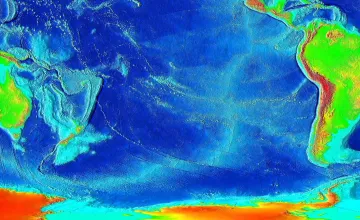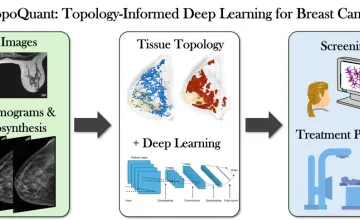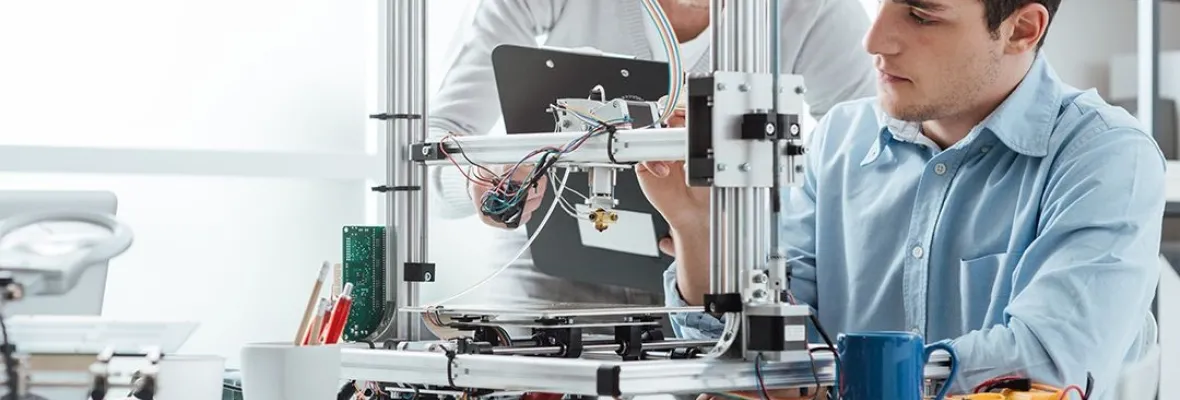AAU universities conduct a majority of the federally funded university research that contributes to our economic competitiveness, health and well-being, and national security. AAU universities are growing our economy through invention and innovation while preparing the next generation of scientists and engineers for global leadership. By moving research into the marketplace AAU universities are helping to create jobs, and provide society with new medicines and technologies.

UMD geologists uncovered evidence of a section of seafloor that sank into the Earth's mantle when dinosaurs roamed the Earth; it's located off the west coast of South America in a zone known as the East Pacific Rise.

Novel research supported by NCI could lead to more specific predictive disease models

A new University of Kansas study reveals parents seeking health care information for their children trust AI more than health care professionals when the author is unknown, and parents rate AI generated text as credible, moral and trustworthy.

Hypertension and amyloid plaques can separately cause dementia. Having both increases a person’s odds of developing cognitive decline, a new study finds
Explore More: University Research
You can filter stories by the university.
A Purdue University-led research team has begun translating the complex molecular language of petunias.
A researcher at Boston University has been studying clownfish for the last 20 years, observing how clownfish live within a strict social hierarchy and control how bright their colors are and how big they grow.
A new study finds that soil stores 80 percent of carbon on Earth, and with increasing cycles and severity of droughts in several regions, even more carbon dioxide will be released into the atmosphere.
Cooking on your gas stove can emit more nano-sized particles into the air than vehicles that run on gas or diesel, possibly increasing your risk of developing asthma or other respiratory illnesses, a new Purdue University study has found.
Planetary scientists at Purdue University have utilized impact crater analysis to uncover that Jupiter's moon Europa has an ice shell at least 20 kilometers thick, revealing its potential to support life.
